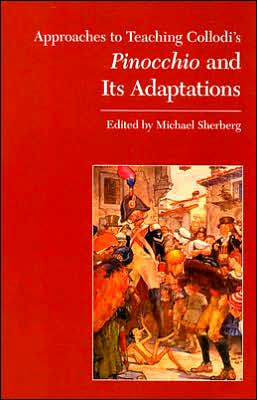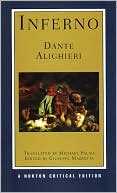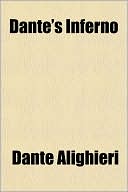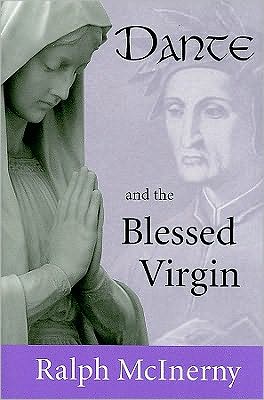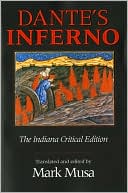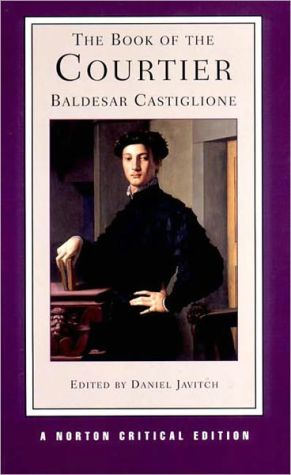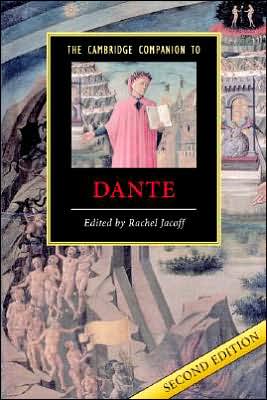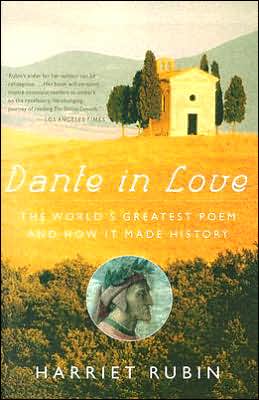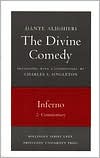Collodi's Pinocchio and Its Adaptations
In 1881, Carlo Collodi intended simply to write a children's story about an inexplicably animate piece of wood. The Adventures of Pinocchio has since become one of Italy's most successful literary exports, giving life to numerous adaptations. The novel is meaningful to college students today, as it deals with the difficulty of abandoning childhood, the value of education, and what it means to be human.\ \ This volume, like others in the MLA's Approaches to Teaching World Literature series, is...
Search in google:
In 1881, Carlo Collodi intended simply to write a children's story about an inexplicably animate piece of wood. The Adventures of Pinocchio has since become one of Italy's most successful literary exports, giving life to numerous adaptations. The novel is meaningful to college students today, as it deals with the difficulty of abandoning childhood, the value of education, and what it means to be human.This volume, like others in the MLA's Approaches to Teaching World Literature series, is divided into two parts. Part 1, "Materials," gives the instructor bibliographic information on the text and contexts of the book, the critical literature, and audiovisual and electronic resources. Part 2, "Approaches," contains nineteen essays on teaching Pinocchio and its adaptations, which cover such topics as Collodi's life, society in post-Unification Italy, the gothic element, the Frankenstein theme, myths and archetypes, the influence of Ariosto and other writers, children's literature and censorship, the animal fable, and how the famous Disney movie is both a help and a hindrance in the classroom.
Preface to the Series viiPreface to the Volume ixMaterials Michael SherbergEditions and Translations 3Required and Recommended Reading for Undergraduates 4The Instructor's Library 5Audiovisual and Electronic Resources 7ApproachesIntroduction: Pinocchio in the Classroom Michael Sherberg 11Pinocchio and the Nineteenth CenturyCarving a National Identity: Collodi, Pinocchio, and Post-Unification Italy Amy Boylan 16Pinocchio and the Gothic David Del Principe 21"Frankenstein" and Pinocchio, Nineteenth-Century Humanoids Charles Klopp 28Collodi and Ariosto: Episodic Misadventures in Pinocchio Dennis Looney 34Pinocchio and Italian Literary History Michael Sherberg 41Modern Critical ApproachesPinocchio between Symbols and Archetypes Rossana Dedola 48Pinocchio-Picaro / Pinocchio-Parzival Carlo Testa 53The Hero's Journey in Collodi's Pinocchio Jacqueline L. Gmuca Lorinda B. Cohoon 63"I'm a Real Boy!": Consciousness of the Breath of Life and Origin Myth in the Course Literature of Childhood HollyBlackford 68A Field of Miracles: Pinocchio and Italian Children's Literature Maria Truglio 75The Short-Legged Fairy: Reading and Teaching Pinocchio as a Feminist Cristina Mazzoni 80Talking (with) Animals: Pinocchio and Dialogicity Nancy Canepa 87Writing Pinocchio: Second Language Acquisition Theories Applied to an Advanced Italian Grammar and Composition Course Laura Stallings 95Teaching the AdaptationsPinocchio, a Puppet for All Seasons Angela M. Jeannet 102Recycling Pinocchio for Contemporary Audiences Sandra L. Beckett 112Pinocchio on Screen: Teaching Filmic Versions of the Puppet's Tale Rebecca West 119Pinocchio: From Italy to England at the Turn of the Twenty-First Century Elena Pamolo 127Between Collodi's Ringmaster and Manzoni's Capocomico: Antihumanism or the Circus of Life in Carmelo Bene's Pinocchio Manuela Marchesini 136Digital Pinocchio: Teaching the Literary Text as Artificial Life-Form Massimo Riva 144Notes on Contributors 153Survey Respondents 157Works Cited 159Index 175
